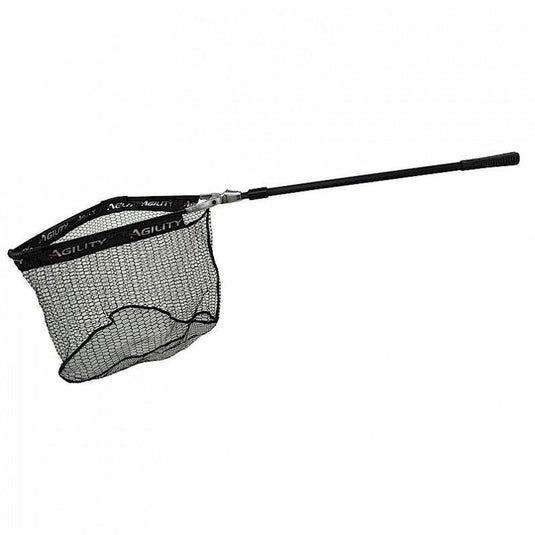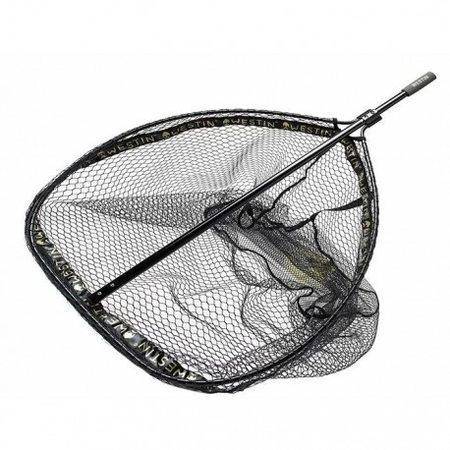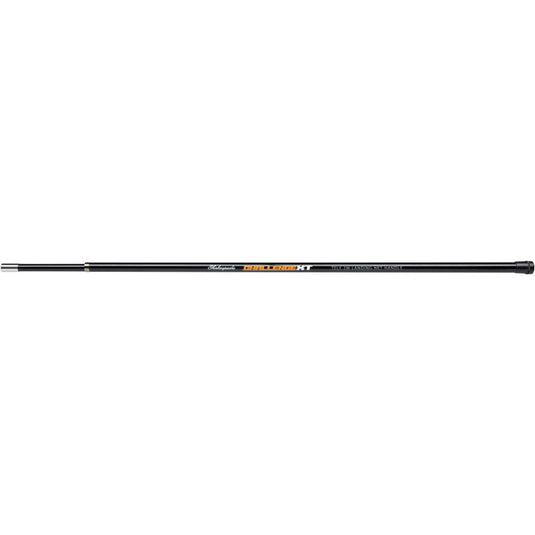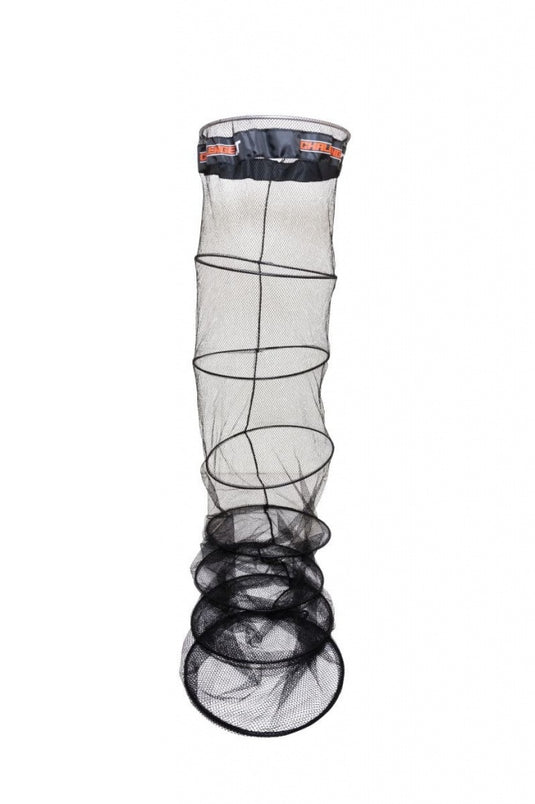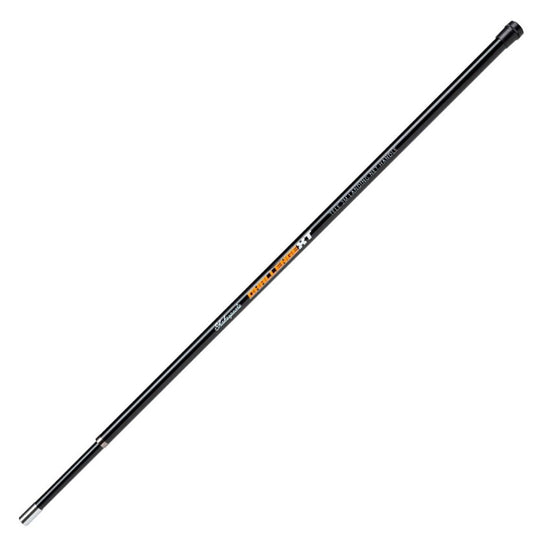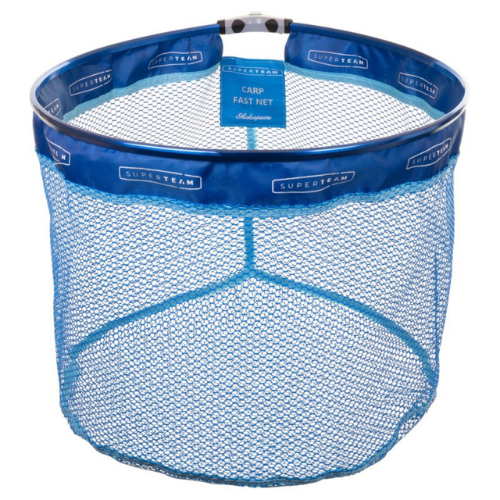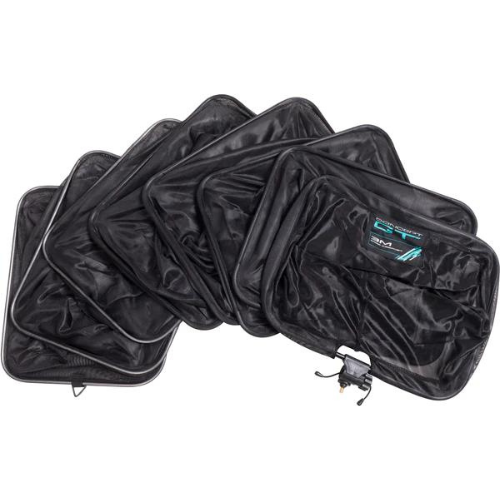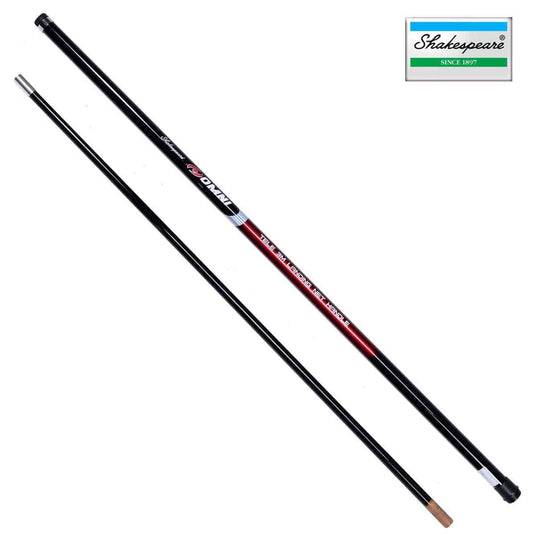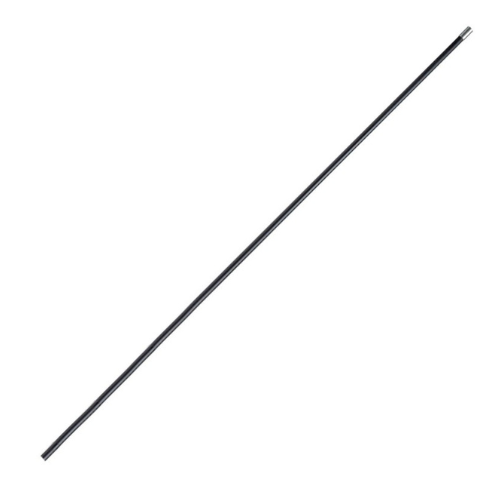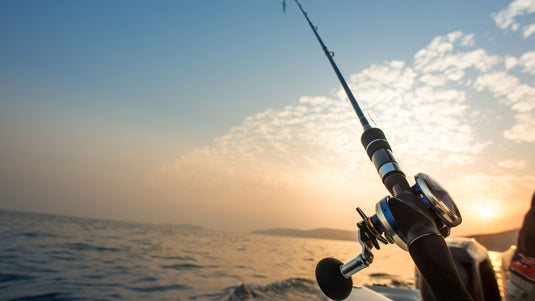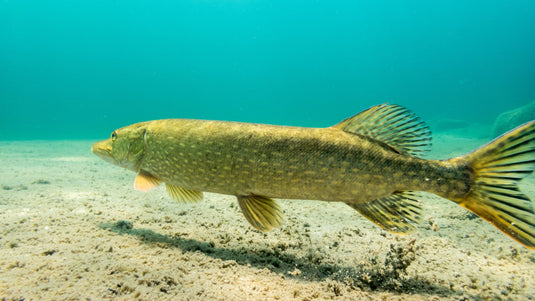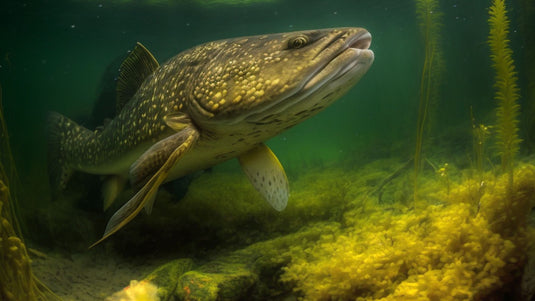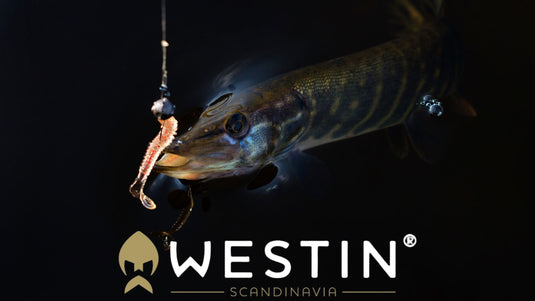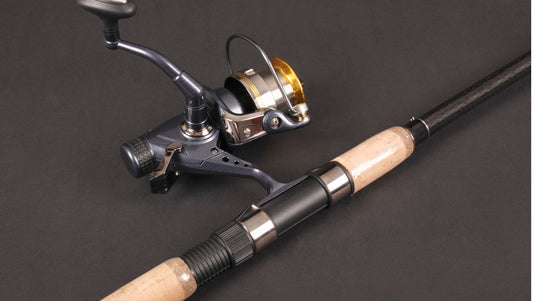A Closer Look at Fishing Nets: The Angler's Essential Tool
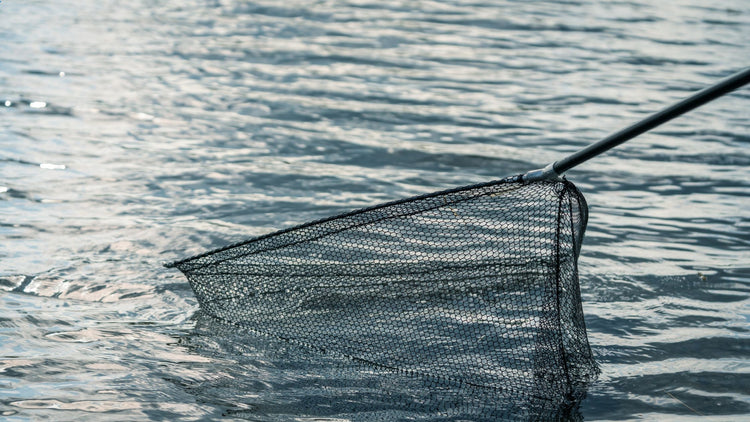
Fishing Nets
For individual anglers, a Fishing net is more than just a convenience; it is an essential piece of equipment that can make the difference between landing a catch and watching it slip away. These Fish nets, designed to assist in safely bringing fish to shore or into a boat, come in various shapes, sizes, and materials. In this blog post, we’ll explore the different types of Fish nets, their benefits, and tips for choosing the right one for your fishing needs.
What is a Fish Net?
A Fishing or landing net is a handheld net used by anglers to secure a fish after it has been hooked and reeled in close. Unlike larger commercial fishing nets, landing nets are designed for individual use, focusing on ease of handling and fish safety.
Different Types of Fishing Nets
Landing nets come in several varieties, each suited to different fishing situations and types of fish. Here are the main types:
1. Rubber Nets
Rubber nets are popular among catch-and-release anglers because they are gentle on fish. The smooth rubber material minimizes damage to the fish’s scales and slime coat, which is vital for the fish's health. Rubber nets are also less likely to snag hooks, making them a practical choice for anglers who frequently fish with lures.
2. Nylon Nets
Nylon nets are durable and often more affordable than rubber nets. They are available in various mesh sizes, allowing anglers to choose one that best suits their target species. While they are not as gentle on fish as rubber nets, they are still widely used due to their strength and versatility.
3. Knotted vs. Knotless Nets
Knotted nets, typically made of nylon, are robust and can handle heavier fish. However, the knots can cause more damage to the fish. Knotless nets, whether made of rubber or nylon, are smoother and reduce the risk of injury to the fish, making them a preferred choice for catch-and-release fishing.
4. Telescoping Nets
Telescoping nets feature adjustable handles, allowing anglers to extend the reach of the net. This can be particularly useful when fishing from a boat or in situations where getting close to the water’s edge is challenging. Telescoping nets are versatile and can be compacted for easy transport and storage.
Benefits of Using a Fish Net
Using a landing net offers several advantages, both for the angler and the fish:
- Fish Safety: Landing nets, especially those made from rubber or knotless nylon, minimize harm to the fish which is very important when fishing.
- Ease of Handling: A net allows anglers to secure and control the fish quickly, reducing the risk of losing the catch during the final moments of the fight.
- Efficiency: Using a landing net can speed up the process of landing a fish, allowing anglers to get back to fishing more quickly.
- Safety for Anglers: Landing nets help anglers avoid handling sharp hooks and teeth directly, reducing the risk of injury.
Choosing the Right Fishing Net
Selecting the right landing net involves considering several factors:
- Target Species: Consider the size and type of fish you commonly target. Larger fish require larger nets with deeper bags.
- Fishing Environment: Think about where you fish most often. For example, if you frequently fish from a boat, a telescoping net might be ideal.
- Material and Mesh Size: Choose a material that suits your fishing style. If you practice catch-and-release, a rubber or knotless nylon net with an appropriate mesh size is recommended.
- Portability: If you hike to your fishing spots, a lightweight, foldable, or telescoping net will be more convenient.
Tips for Using a Fishing Net
To make the most of your landing net, follow these tips:
- Stay Calm: As you bring the fish close, remain calm and avoid making sudden movements that could startle the fish.
- Position the Net: Submerge the net in the water and position it under the fish, then lift smoothly. Avoid scooping from above, as this can spook the fish.
- Handle with Care: Once netted, handle the fish gently and minimize its time out of the water, especially if you plan to release it.
Conclusion
Fishing nets are indispensable tools for individual anglers, offering numerous benefits for both the fisherman and the fish. By understanding the different types of nets and their uses, you can enhance your fishing experience and contribute to sustainable fishing practices. Whether you’re a seasoned angler or new to the sport, investing in a good landing net will undoubtedly improve your success and enjoyment on the water.
So next time you head out to your favorite fishing spot, make sure to pack your landing net—your future self (and the fish) will thank you!


